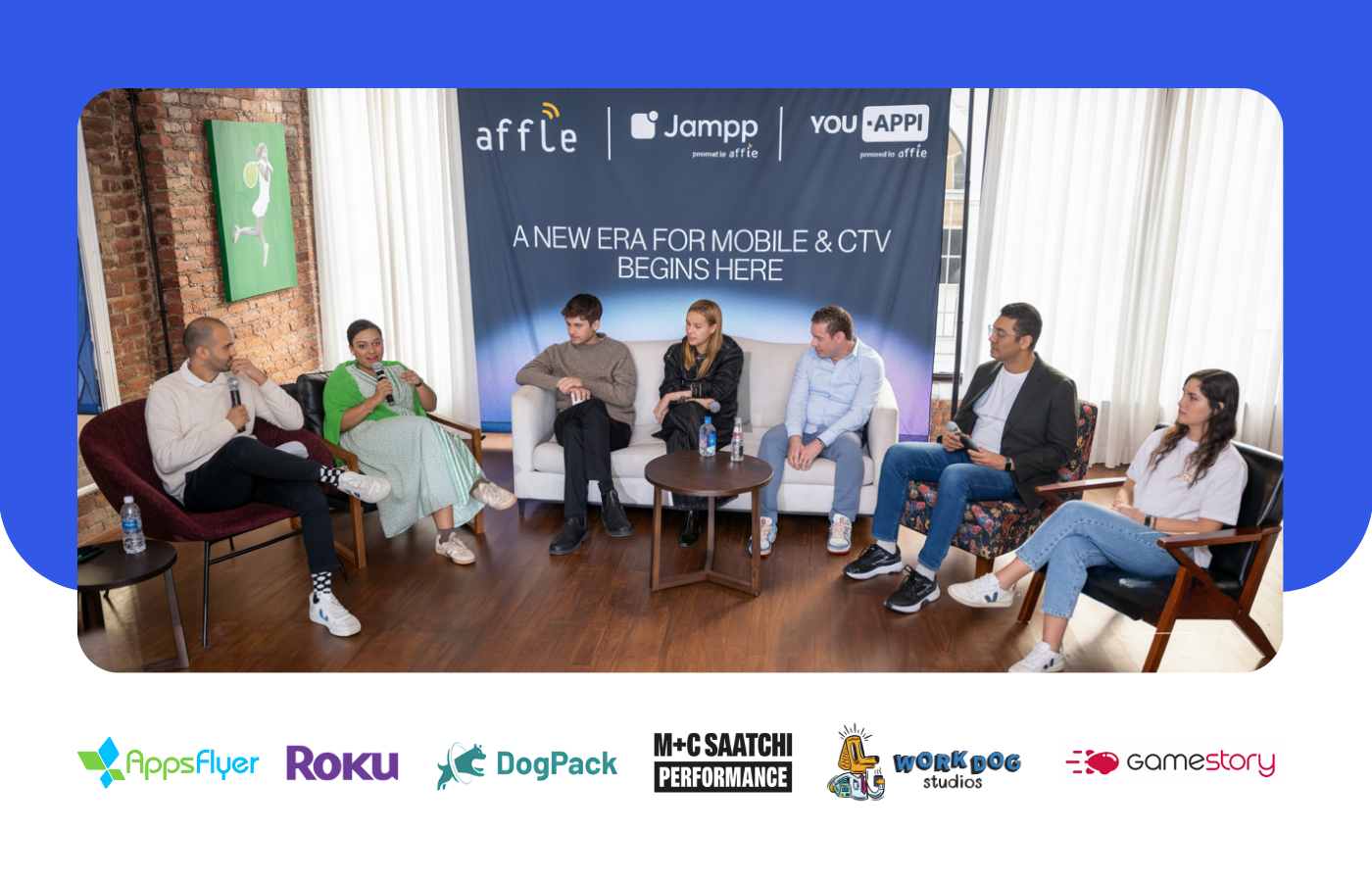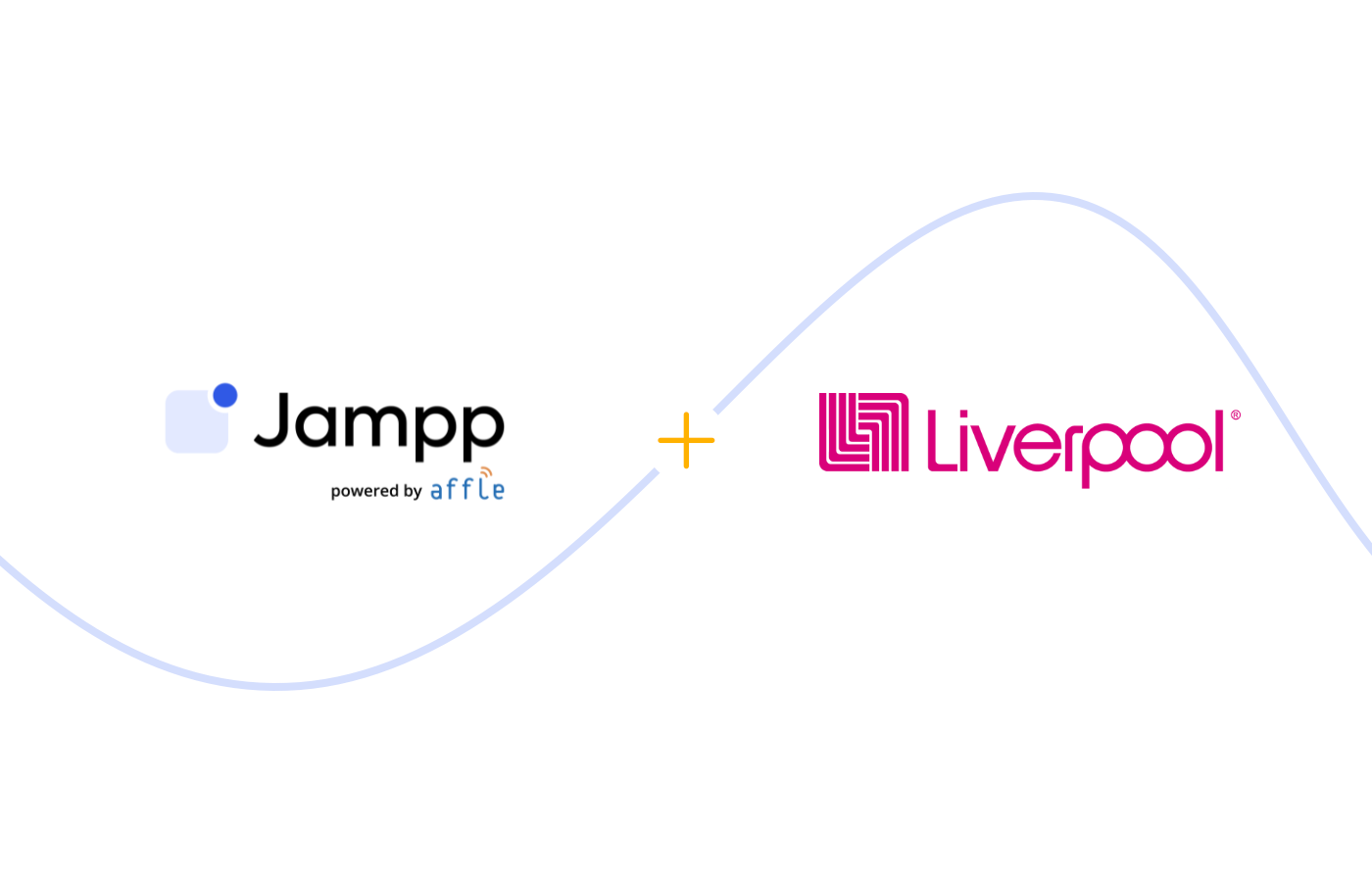What app marketers discussed at the top of the mountain ⛰️
We attended the 7th edition of the Kochava Mobile Summit, here are our main takeaways from the event.
February 20, 2020

Key takeaways from Kochava Mobile Summit 2020.
We recently attended the 7th edition of the Kochava Summit in Sandpoint. Kudos to the Kochava team for pulling off another flawless event. This 3-day conference is one of our favorites. Not only does it gather top marketers and industry thought leaders, but it also has a carefully curated agenda which sparks relevant conversations—the fact that it gives us an excuse to go skiing doesn’t hurt either.
Thinking about what we learned at Kochava...
#1 Bye Bye IDFA
Looks like IDFA can stand for both Identifier For Advertiser and Imminent Difficulty for Attribution. Neither Apple nor Google have taken concrete steps to eliminate device IDs yet, but everybody’s talking about it. Why? And how will that impact the mobile marketing space? The speculation around this might remind some of the pre-GDPR conversations: we all know it’s coming, but we don’t know exactly what’s going to happen.
A recent AdExchanger article stated it’s a matter of when not if: “Predictions tallied from a straw poll of industry pundits conducted by AdExchanger put the time frame for some kind of action somewhere between six months from now and five years. But nearly all agree that change is in the air.” While some conversations around the topic turned a bit doomsday-ish, the underlying feeling was that something would be figured out.
Still, we expect this to keep coming up as a discussion topic.
#2 How is self-attribution still a thing?

Another discussion which had Facebook and Google at the center was about the level of transparency, or lack thereof, that these players offer advertisers. And yet the share of ad spend going to Facebook and Google keeps growing. In the eye-opening “Unlocking Google and Facebook” presentation, Kochava’s Grant Simmons highlighted that the share of ad spend for these two players is currently at 56% and outpacing that of every other digital company in the ecosystem.
While there’s a positive trend towards more advertisers demanding impression-level transparency from their media partners, Google and Facebook refrain from offering more visibility in the name of privacy, ultimately limiting advertisers’ ability to effectively measure attribution and optimize accordingly.
This emphasizes the need for app marketers to rely on partnerships that can guarantee full visibility into performance insights and more control over campaign optimization to prevent the cannibalization of organics.
#3 Yeah, programmatic is great. But can I scale, though?
While the perks of the programmatic media buying, chiefly transparency, are finally being recognized, conversations around this channel did raise some interesting questions. A popular discussion topic centered around scale.
“Can you scale with programmatic?” Absolutely, but it takes longer. Time is a key component in programmatic campaigns, but it’s not the only one. If we had to recap the conversations around programmatic into a “success formula” it’d look something like this:

Early on, the financial investment goes into generating a high scale of impressions to trigger a high number of conversions. This results in the necessary positive and negative data points for the DSP’s machine learning to identify patterns and build clusters in the vast open sea of available ad auctions. In other words, a certain number of events (installs, opens, registrations, first orders…) needs to be attained in order to understand who makes them.
Investing in proper exploration and key data is what enables growth platforms to then scale targeting the right users at the lowest cost.
#4 Not another acronym… ok, fine let’s talk about CCPA
The California Consumer Privacy Act (CCPA), also known as America’s GDPR, went into effect January 1st, 2020; and enforcement will follow six months after the California Attorney General issues final regulations, although no later than July 1st, 2020.
Conversations around this regulation can probably be summed up in two takeaways:
- CCPA isn’t going anywhere and everyone in the industry should take it seriously.
- CCPA is not the end of the world.
GDPR and CCPA have enough overlap that we can look to the European sibling for reference, and while the months prior to the regulation going into effect did see a significant decrease in inventory, mobile ad spending for GDPR-compliant impressions didn’t take long to bounce back.

To end on a more positive note, you could say we came out the other side, and better for it.
Wrapping Up
What topics did you find interesting? What topics are you hoping to hear about in upcoming events? For more insights, and the best User Acquisition and App Retargeting solution on the market, get in touch!

Subscribe to our email newsletter









